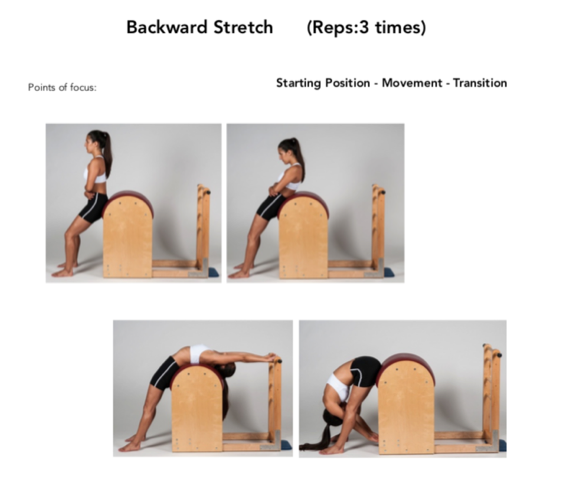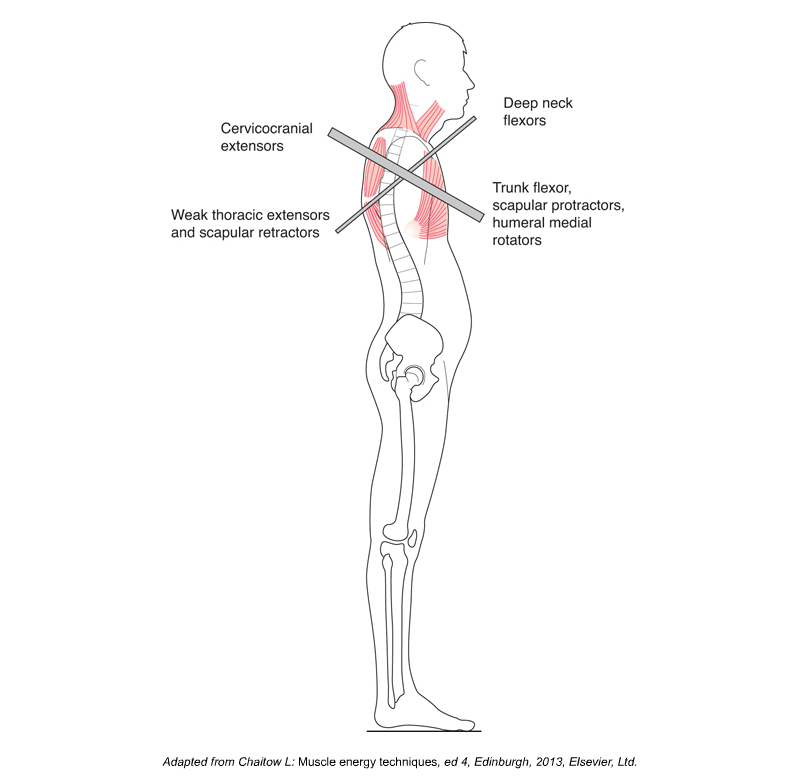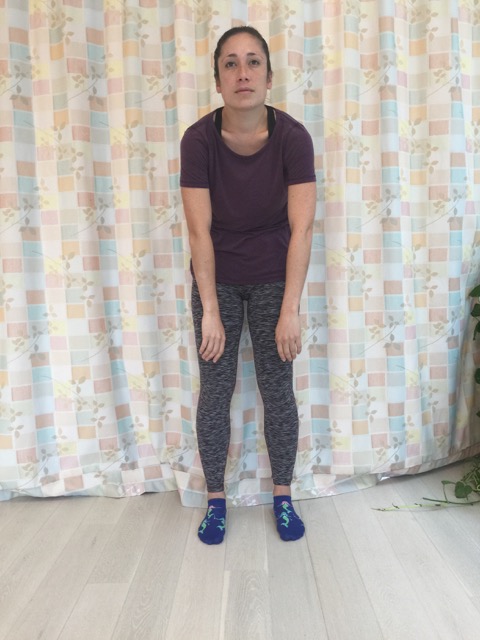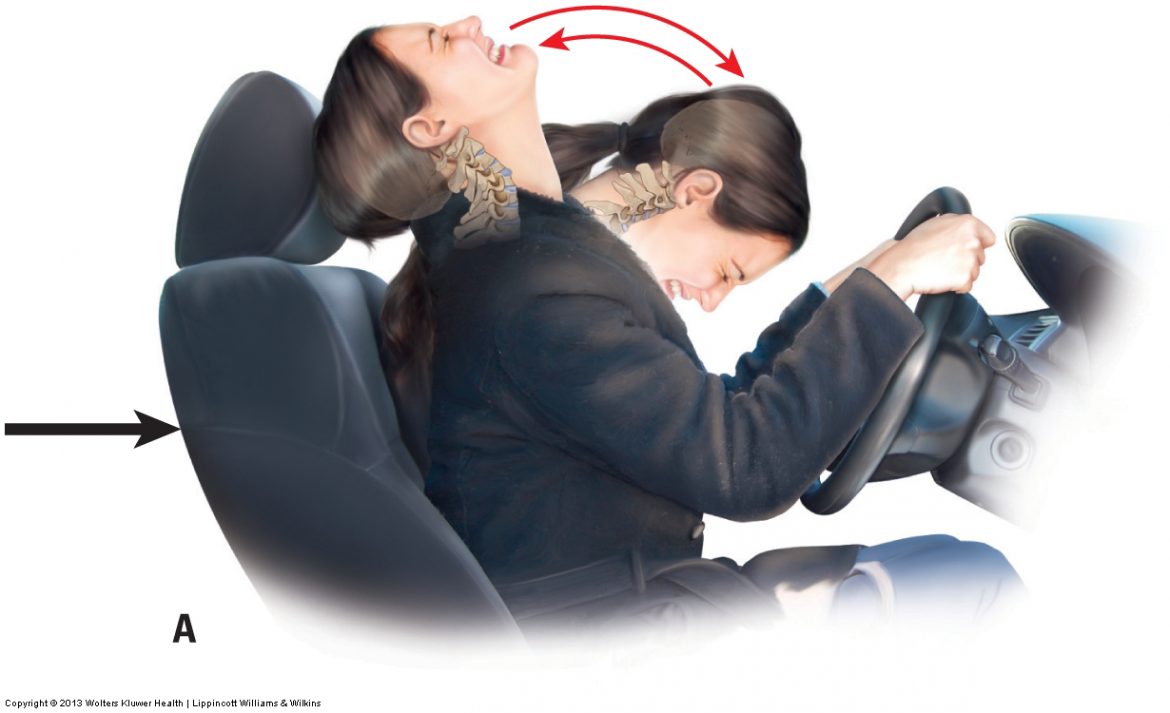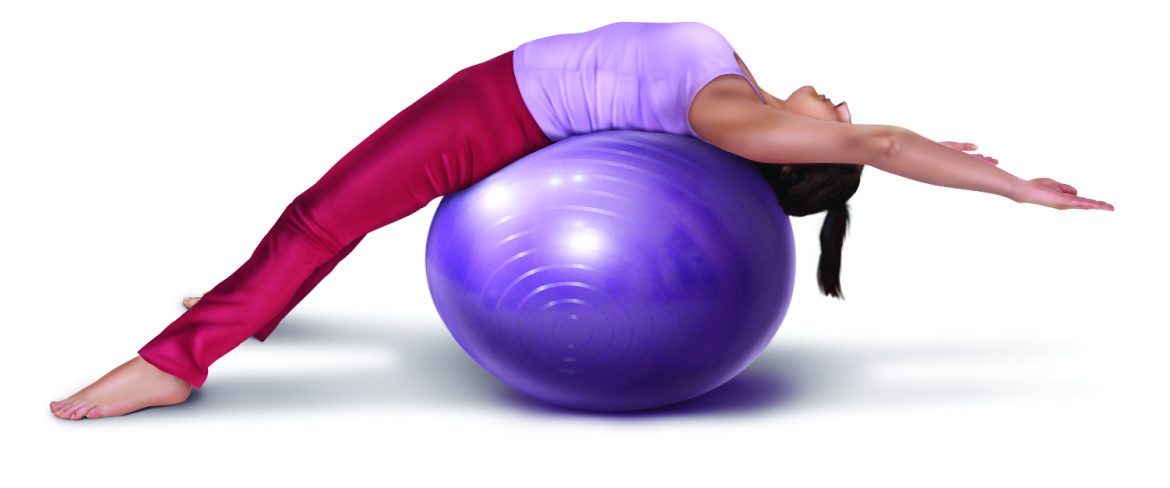When a client presents with thoracic hyperkyphosis (rounded back), there are many approaches for how Pilates can treat thoracic hyperkyphosis. And for each of these approaches, many Pilates exercises can be utilized. Before addressing these approaches, let’s briefly review thoracic hyperkyphosis…
What is Upper Crossed Syndrome and what are its causes?
Upper crossed syndrome describes the characteristic pattern of dysfunctional tone of the musculature of the shoulder girdle/cervicothoracic region of the body.
Signs, Symptoms, and Assessment of Upper Crossed Syndrome
The first and most obvious sign of upper crossed syndrome (named by Vladimir Janda) is the characteristic postural dysfunction of protracted scapulae, medially (internally) rotated humeri, hyperkyphotic (overly flexed) upper thoracic spine, and a protracted (anteriorly held) head.
Assessment and Treatment of Specific Musculoskeletal Conditions of the Neck
This blog post introduces and explains how the manual therapist can perform assessment and treatment for specific musculoskeletal conditions of the neck.
The Thoracic Spine… The Silent Saboteur
There is an old saying that no posture is bad unless you get stuck in it. The problem is that the thoracic spine often does get stuck in bad posture.

